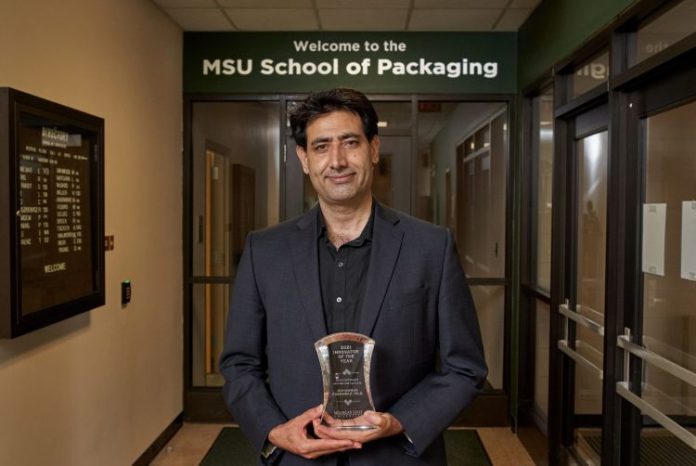
The United States produces approximately 40 million tons of plastic waste annually, much of it in the form of packaging materials – and current data suggests that only around five percent of plastic waste is recycled. Nearly 40 percent of plastic waste in the US comes from packaging, contributing to pollution, landfills, and the spread of micro- and nano-plastics.
Supported by the US National Science Foundation (NSF) with an initial five-year grant, the Michigan State University School of Packaging (SoP) has launched the new Center for Plastic, Paper and Hybrid Packaging End-of-Life Solutions (C3PS) to explore novel solutions to the challenges posed by plastic and plastic-coated paper waste. C3PS will work to address the end-of-life issues associated with packaging materials through pre-competitive research that will strengthen US manufacturers on the global stage.
“MSU has the world’s biggest and top-ranked school of packaging, and its unique industry partnerships set our researchers apart,” said Kevin M Guskiewicz, president of Michigan State University. “The SoP has a reputation for sustained excellence over time, and this center will further solidify its position as the go-to place for solving the packaging industry’s most pressing problems.”
C3PS is NSF’s first Industry-University Cooperative Research Center (IUCRC) dedicated to enhancing the impact of pre-competitive research in the field of packaging through collaborations among industry innovators, academic teams, and government leaders. This initiative’s three primary objectives are:
- Conduct high-impact research in packaging to address the shared needs of companies of various sizes.
- Strengthen the United States’ global leadership in the advancement of innovative packaging technology.
- Develop a highly skilled workforce in the manufacturing sector.
“This center is an exciting inflection point, not only for the SoP but also for the discipline of packaging,” said Laura Bix, PhD, interim director of the MSU School of Packaging. “Although interdisciplinary collaboration and engagement with external stakeholders has long been a strength for the SoP, the recognition and support of NSF will take these relationships and the visibility of their results to a whole new level.”






